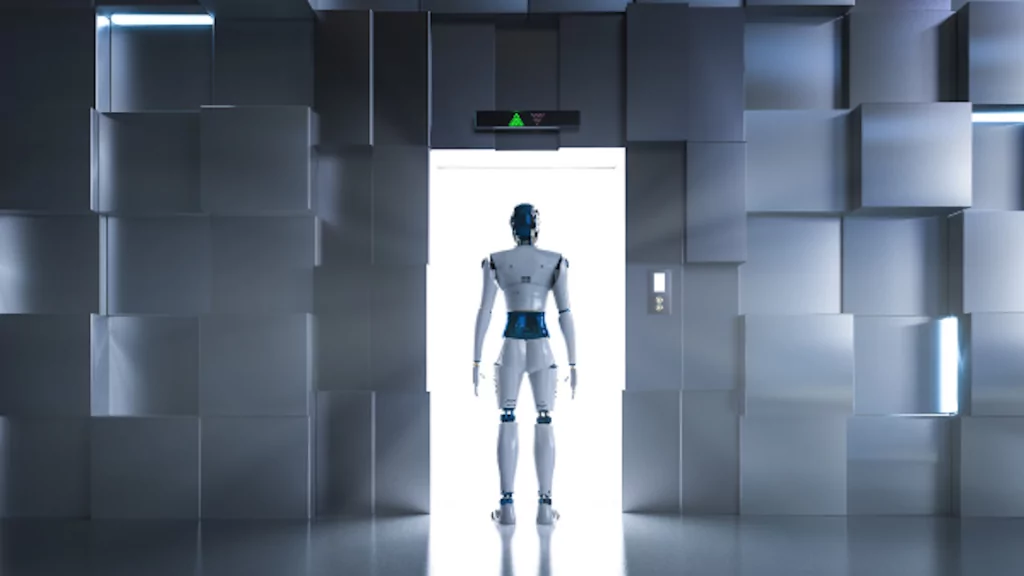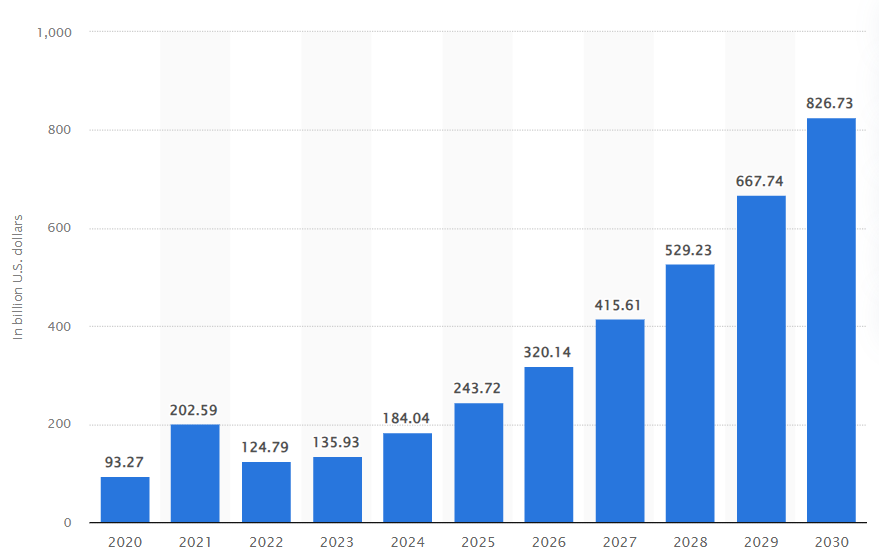
Over the past decade and a half, there has been a monumental rise in the production of user-generated content (UGC), with many experts beginning to hail it as the cornerstone of modern online engagement.
This is because it fundamentally reshapes how we interact with brands, consume media, and express ourselves. From social media posts to product reviews, UGC has evolved into a driving force determining consumer behavior and brand perception in a big way.
For instance, according to a Forbes report, nearly 75% of U.S. marketers either plan to or already use content creators as part of their marketing strategies — to drive engagement levels, increase brand awareness, and even spur sales. Similarly, studies have shown that 86% of millennials believe that user-generated content is a good indicator of the quality of a brand or a product.
This shift towards user-created content clearly reflects a growing desire for authenticity and relatability in brand communications.
AI’s role in revamping existing content creation structures
Since 2020, the realm of artificial intelligence (AI) has been growing at a rapid rate, intersecting with a host of different domains, including UGC. With the industry set to scale up to a valuation of $826 billion by 2030, AI is beginning to empower users to produce high-quality content that was once the domain of professionals.

AI market forecast between 2020 and 2030 (source: Statista)
This democratization of content creation is allowing individuals to express themselves in ways previously unimaginable, pushing the boundaries of creativity and self-expression. However, this technological advancement has come with its own set of concerns. For instance, a recent survey revealed that 68% of respondents expressed worries about cybercriminals using deepfakes to target their organizations.
That said, aside from the challenges, AI is definitely ushering in a new era of content generation that stands to surpass any digital revolution witnessed in the years gone by. One company at the forefront of AI-driven change is Los Angeles-based Creative Technology Studio AMGI Studios.
To elaborate, AMGI has developed proprietary motion capture and AI technologies allowing users to stream and create content while interacting with diverse digital environments as their in-game avatars, thereby maximizing user expression and engagement.
Moreover, it bears mentioning that the studio was founded by industry veterans, including Roger Paglia, Luke Paglia, and Colin Brady (ex-Pixar). As a result, AMGI has positioned itself as a company actively forging the confluence of gaming, technology, and storytelling.
With a team of over 60 accomplished professionals, including game developers, blockchain experts, and animators, the firm is pushing the boundaries of what’s possible in real-time animation and AI integration.
The studio’s flagship project, My Pet Hooligan, for example, showcases the potential of AI-enhanced UGC in gaming. This Web3 multiplayer, social-action game allows players to interact, create content, and express themselves through their in-game avatars in a myriad of ways.
Lastly, AMGI’s approach to AI-driven content creation extends beyond gaming. The studio is currently developing a conversational AI chatbot for a white-label SaaS model, further blurring the lines between AI and human-created UGC and changing how brands interact with consumers by providing personalized and engaging experiences at scale.
The future of AI and UGC. A growing confluence?
As AI and its associated technologies continue to gain traction globally, its intersection with UGC is poised for explosive growth. The sector is expanding at an unprecedented rate, with a report by McKinsey & Co. revealing that interest in domains such as generative AI has increased by a staggering 6300% over the past. This surge in interest has been complemented by a dramatic increase in investment, jumping from $4 billion in 2019 to $36 billion (over the aforementioned time frame).
This convergence is likely to reshape content creation and consumption in several ways. Firstly, it stands to facilitate the creation of more sophisticated and polished content, potentially rivaling professional productions in quality and complexity. Moreover, it can tailor content to individual preferences, creating more engaging and relevant experiences.
Therefore, as we navigate this rapidly evolving landscape, it’s clear that the relationship between AI and UGC will continue to deepen, with companies like AMGI Studios helming this ongoing transformation. Interesting times indeed!



